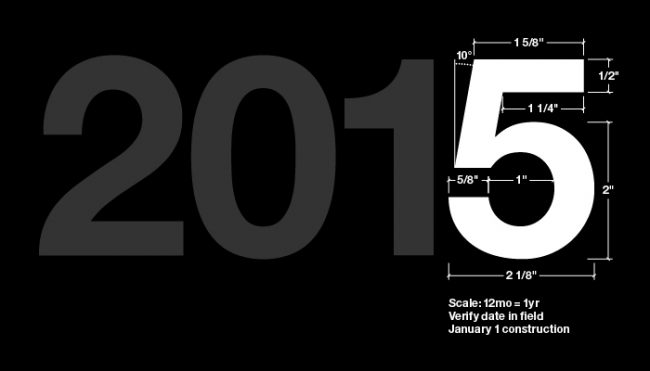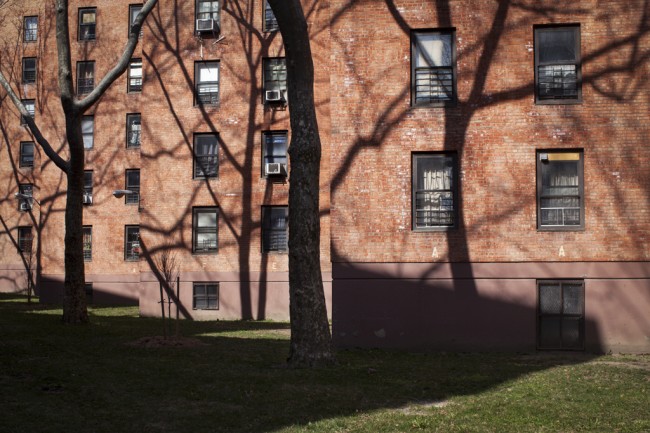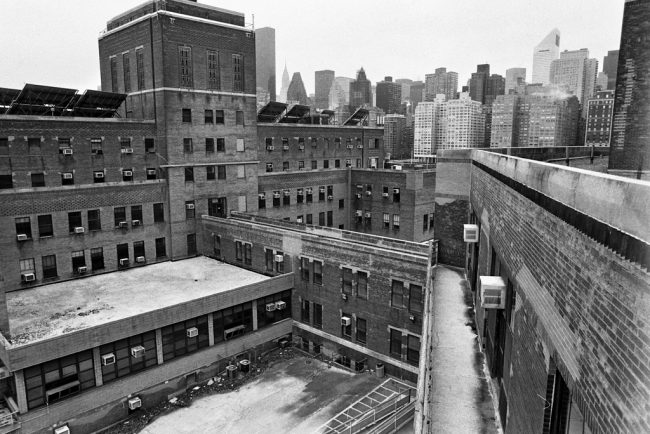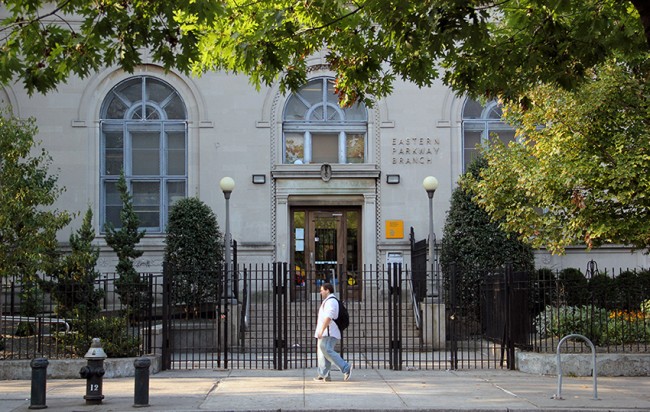
We are celebrating 15 years — and counting — of stories that are deeply researched and deeply felt, that build a historical record of what the city has been.
We are celebrating 15 years — and counting — of stories that are deeply researched and deeply felt, that build a historical record of what the city has been.

Like most years in the ever-changing metropolis of New York, 2014 has been marked by significant flux. The political scene saw a new mayor for the first time in twelve years, with new priorities and commissioners in tow. Amid these shifts, Urban Omnibus has continued to bring you novel, New York-based perspectives in architecture, planning, art, policy, and activism that offer new ways of understanding, representing, and improving urban life and landscape worldwide.
As housing took center stage in the de Blasio administration, we published a host of pieces examining the context of policy, design, lived experience, and financing that underlie the administration’s plans: a history of the residential development in western Coney Island, an interview with the only individual to have managed New York’s, Los Angeles’, and Chicago’s public housing authorities, an analysis of architecture’s relationship with affordable housing in the new Sugar Hill development, the story of a Mitchell-Lama complex divided on privatization, a look at community land trusts as a tool to preserve housing affordability, a chat on pragmatic design at the Jersey City Housing Authority, and four new installments in our Typecast series, which investigate the towers-in-the-park housing typology through profiles of complexes across the city.
We launched a new series, Profiles in Public Service, to illuminate further the complexity of local government and to showcase individuals motivated to work in public service. Through interviews with officials at the FDNY, School Construction Authority, New York Public Library, and Office of Emergency Management, we’ve examined how agencies and processes that aren’t obviously involved in shaping our neighborhoods affect our experience and the functioning of the city. Look for more in the new year.

Smith Houses, one of our profiled towers-in-the-park developments in Typecast | Photo by Anna Beeke
This year’s winners of the UO writing competition offered unique and unexpected takes on what is public, private, and shared in the urban realm through three distinct mediums: the personal essay, the monologue, and the short story. And we’ve recently introduced two official Urban Omnibus columnists, Stephen Rustow and Susanne Schindler, who will regularly bring their pointed perspectives on contemporary issues facing the metropolitan region to our Forum.
These Features and Forum posts come to you free of charge every week. As a project of The Architectural League of New York, a non-profit organization, we are committed to publishing content that will have the widest reach and greatest impact in promoting a more sustainable and equitable built environment. That is made possible by contributions from readers like you. Please consider making a 100% tax-deductible donation to the League today to support Urban Omnibus content in 2015 and the many designers, policy-makers, students, and urban enthusiasts that rely on UO for insightful, nuanced investigations into our changing and always compelling city. Even better, become a member of the League to demonstrate your ongoing support and join a community dedicated to nurturing excellence in architecture, design, and urbanism, and stimulating thinking and debate about the critical design and building issues of our time.
The UO team will be taking a short break from our regular publication schedule as the year draws to a close, but below we’ve gathered some of our favorite pieces from the year — if you haven’t already, check them out in between your holiday festivities. Like Omnibus, the League also publishes weekly features, so be sure to catch up on those over on ArchLeague.org. Enjoy, thank you for your continued support, and happy holidays!

Building E of Goldwater Hospital on Roosevelt Island (now being demolished), with Manhattan in the background | Photo by Charles Giraudet
2014 Staff Picks
Varick Shute, Digital Editorial Director:
“Autopsy of a Hospital: A Photographic Record of Coler-Goldwater on Roosevelt Island” by Charles Giraudet
When photographer and architect Charles Giraudet first showed us selections from his exhaustive documentation of Roosevelt Island’s Goldwater Memorial Hospital before its demolition (now underway), his admiration for the buildings’ design was as evident as his photographic skill. In “Autopsy of a Hospital,” Giraudet shared some of his 15,000+ photographs of the hospital in its last days and penned an eloquent eulogy to the Isadore Rosenfield-designed complex. His overview of the site’s significant contributions to medical innovation and his insight into Rosenfield’s deep appreciation for details, materials, and light in the service of patient comfort and wellbeing serve as a reminder of architecture’s capacity — and our civic responsibility — to “ambitiously address social needs for the public good.”
Cassim Shepard, Editor:
“Architecture vs. Housing: The Case of Sugar Hill” by Susanne Schindler
Susanne Schindler’s nuanced take on Sugar Hill questioned established notions of architectural value and affordability in the context of a new, (controversially) iconic residential building in Harlem. Picking up on themes she has explored in previous articles about housing environments for low income New Yorkers, Schindler deftly bridges the chasm between how we think about (and finance) “affordable” housing and how we think about (and value) architectural innovation, issues she will continue to explore in her new role as an Omnibus columnist.
Jonathan Tarleton, Assistant Editor:
“Debating Privatization: Southbridge Towers Votes” by Charles Chawalko
Say something enough times, and you start to forget what it means. That can be the case with housing, a term that has dominated enough conversation this year to become sufficiently alienated from its nuances. In taking us inside his home complex, Charles Chawalko exposes dynamics that go beyond market forces and trending neighborhoods to look at the intergenerational relationships and perceptions of home among neighbors. His look at Southbridge Towers, a Mitchell-Lama development that ended up voting in favor of leaving the subsidized housing program, is a welcome reminder of what’s at stake in the discussion and the complex set of variables that go into decisions about the places we live.
Emily Schmidt, Assistant Editor:
“Carnegie’s Gift: The Progressive Era Roots of Today’s Branch Libraries” by Yael Friedman
At the December 4th symposium Re-envisioning New York’s Branch Libraries, NYC Economic Development Corporation President Kyle Kimball used the term “gap filler” to describe the contemporary role of the city’s 207 neighborhood libraries, echoing the sentiment of the day that libraries are a vital piece of our civic infrastructure, which manage myriad social functions. In “Carnegie’s Gift,” Yael Friedman traces the legacy of Andrew Carnegie’s 1901 donation that established 67 of New York’s original branch libraries, situating these institutions in the reform movement of the early 20th century that also saw the rise of settlement houses and City Beautiful efforts to “inspire civic and moral virtue with the grandeur of public buildings.” Friedman’s piece is a thoughtful history of American philanthropy, public policy, and community life and a worthy celebration of urban libraries as steadfast anchors in a changing city.

Eastern Parkway Branch Library, profiled in Yael Friedman’s look at Carnegie libraries’ role in the city | Photo by Jonathan Tarleton
The views expressed here are those of the authors only and do not reflect the position of The Architectural League of New York.